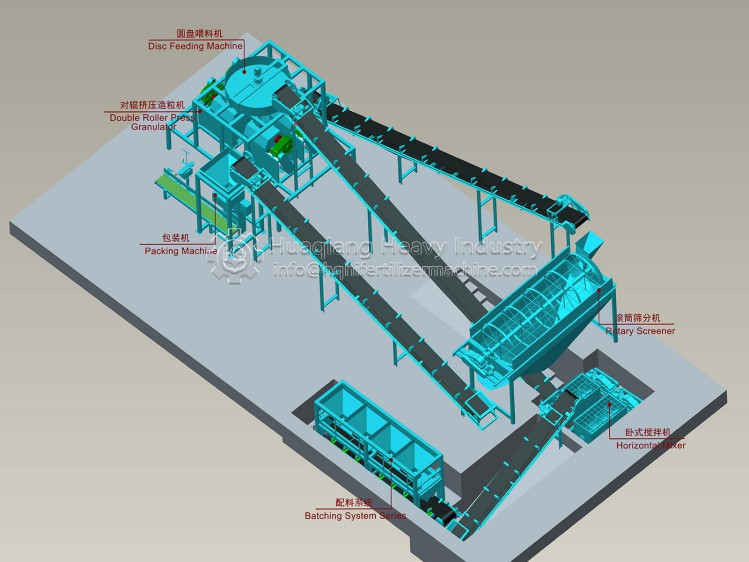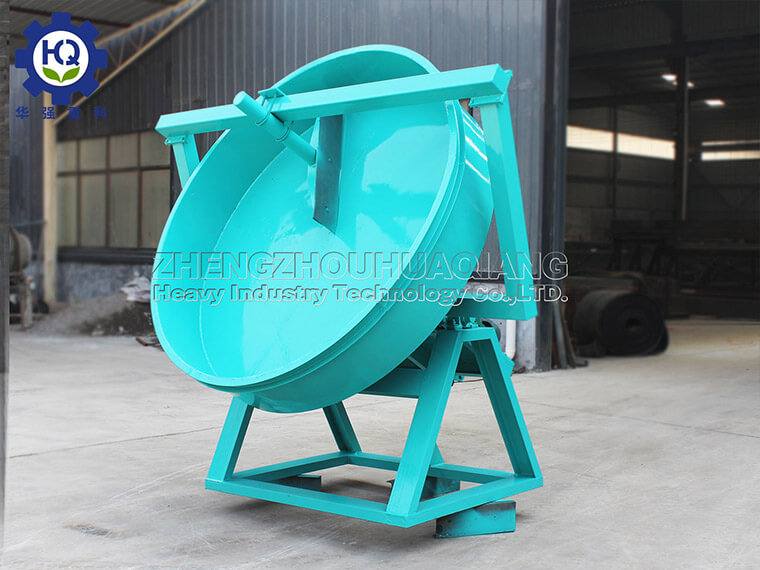How fertilizer factories utilize NPK production lines to produce compound fertilizers
Compound fertilizers are divided according to their nutrient composition: fertilizers containing nitrogen, phosphorus and potassium are called binary compound fertilizers; fertilizers containing the three elements nitrogen, phosphorus and potassium are called ternary compound fertilizers; in addition to the three nutrients, they also contain Micronutrients are called multi-component fertilizers; in addition to nutrients, they also contain pesticides or auxins are called multifunctional multi-component fertilizers. Classification according to fertilizer composition: It is divided into solid multi-component fertilizer and liquid multi-component fertilizer, and solid multi-component fertilizer can be divided into granular, powder and crystalline forms..jpg)
Mixed fertilizer production line According to the production process, mixed fertilizer is a mixed fertilizer that is mechanically mixed into a certain proportion of several elemental fertilizers with relatively consistent granule shapes. Production can be completed using the npk organic fertilizer production line. The npk manufacturing process mainly includes feeder, disc mixer, chain crusher, double roller granulator, rotary drum dryer, rotary drum cooler, rotary drum screening machine, finished product warehouse, automatic packing machine, belt conveyor, dust settling chamber, heat exchanger.
Among them, the double roller granulator is the key equipment for compound fertilizer granulation. It has advanced technology, reasonable design, compact structure, novel and practical, low energy consumption, and is matched with the corresponding equipment to form a small production line that can form a certain continuous production ability, mechanized production, non-drying, room temperature production, product rolling and product quality meet the technical requirements of multi-component fertilizers.
In the npk fertilizer production line, various elemental fertilizers are processed into fertilizers by a certain process. During the mixing process, a small amount of liquid phase can be provided by heating and adding acid, and the economic liquid containing ammonia can be converted to water vapor and granulate each other under limited conditions. It can produce ternary compound fertilizer. Similarly, the addition of other nutrients or drugs can create a multi-functional compound fertilizer.


.jpg)
.jpg)
.jpg)
.jpg)
.jpg)

